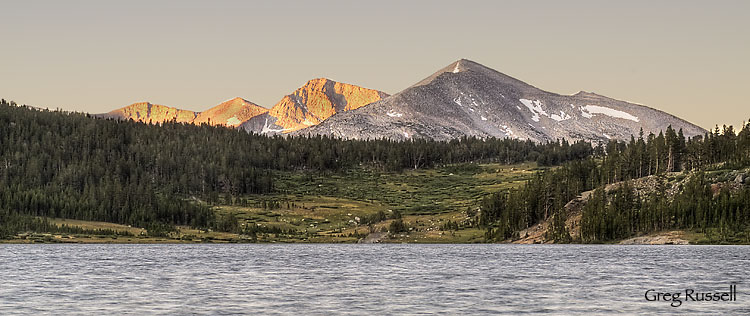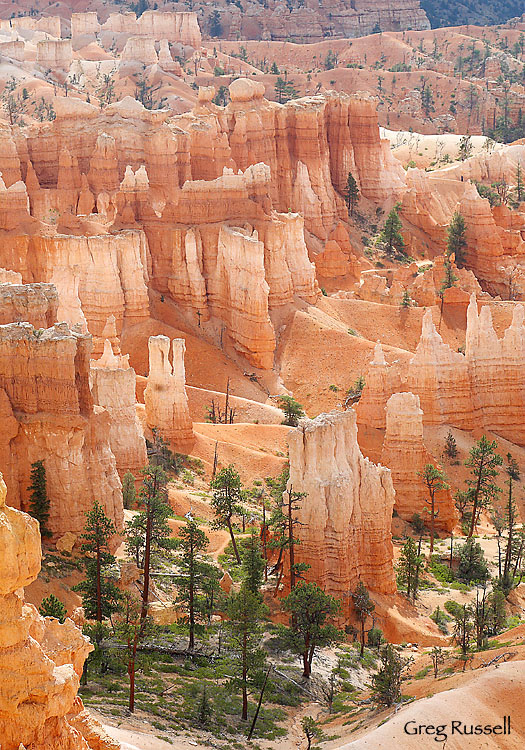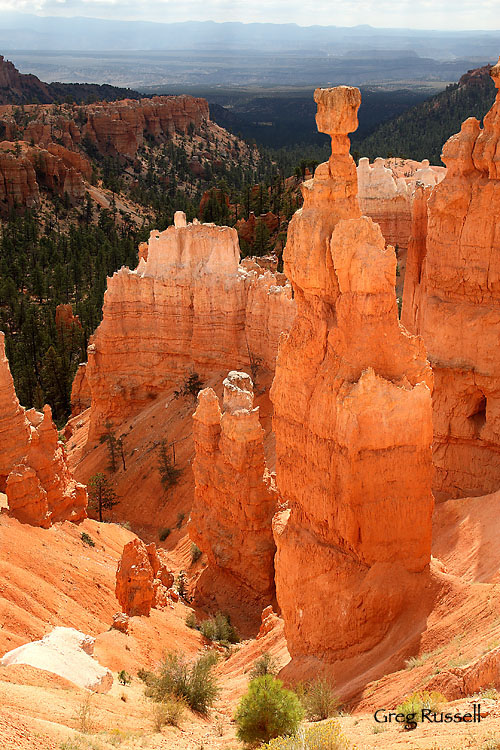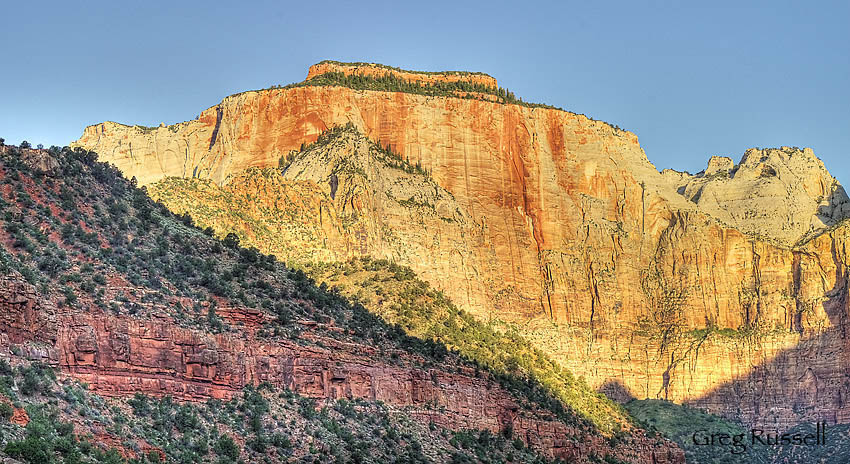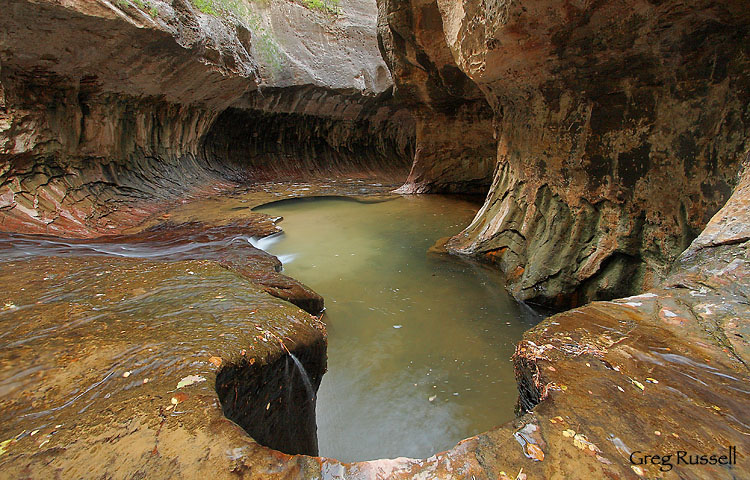As photographers, we strive to make the sharpest, most crisp images we can. We spend thousands of dollars on the best lenses to help us achieve this, and there are many websites and articles devoted to helping make images very sharp (examples here, here, and here). However, sometimes it can be fun to make images that aren’t sharp at all.
Last spring, we were enjoying a beautiful spring afternoon at the Huntington Library, near Pasadena, California, and I was completely drawn in by the bamboo groves that they have:
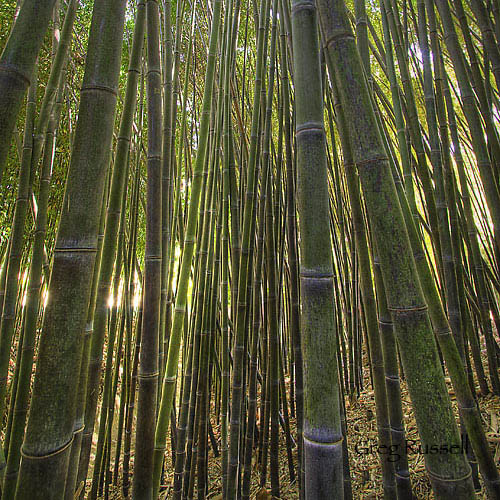 Bamboo, April 2009
Bamboo, April 2009
I really like this image, but when you have to stay on the path, your compositional choices are pretty limited! That said, the vertical lines (and long exposure times) gave me a great idea: vertical pan blurs:
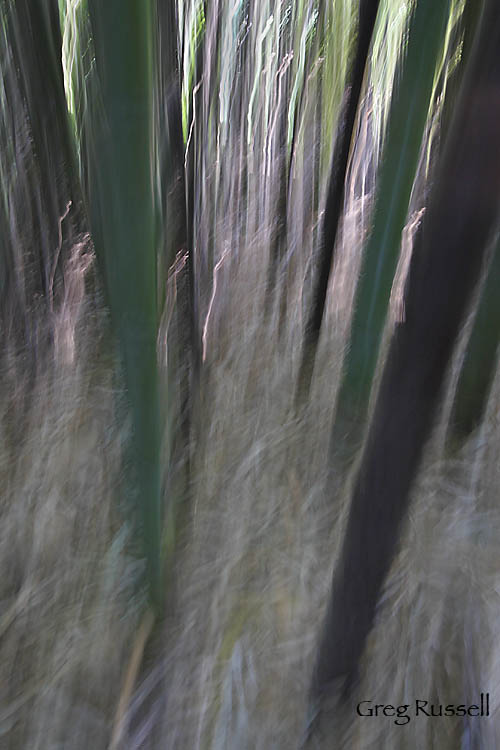 Bamboo pan blur, April 2009
Bamboo pan blur, April 2009
This gives the scene a completely different feeling. Not to sound too dark, but for me this image conveys an almost “nightmarish” feel–one of running away from something through the woods. What does it evoke for you?
Another example of “alternative” techniques is when I was shooting lupine on a freeway offramp near San Diego this spring:
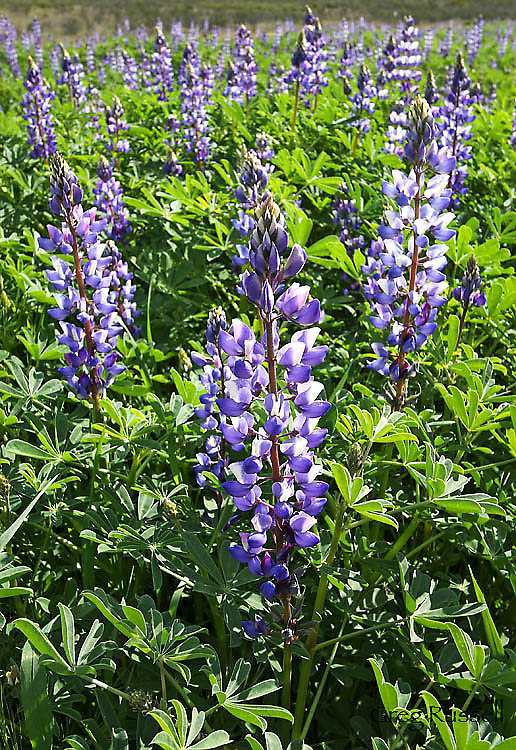 Lupine, San Diego County, CA, March 2009
Lupine, San Diego County, CA, March 2009
This time, leaving the camera on my tripod, I zoomed in as I exposed the frame:
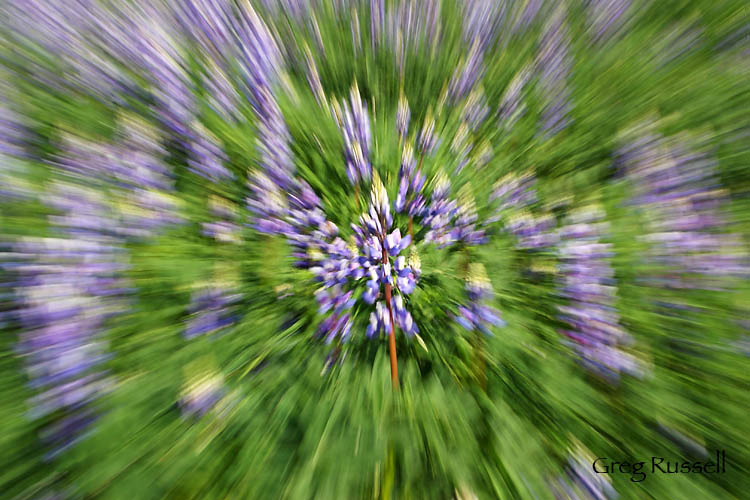 Lupine zoom blur, San Diego County, CA, March 2009
Lupine zoom blur, San Diego County, CA, March 2009
This shot has a very “smashing” feel to it. It also screams, “Don’t look at me right after eating lunch!” I guess it might be a bit vertigo-inducing…
My point is that abstract nature can be just as fun to shoot, and just as evocative, as the sharp, crisp nature.
Incidentally, I saw a magazine spread once of shots like this, but they were all taken by people tripping the shutter, then tossing their camera into the air. Anyone who played basketball with me in the 4th grade knows I should NOT be doing that with my digital SLR. However, if you’re a little more confident in your skills, then go for it!
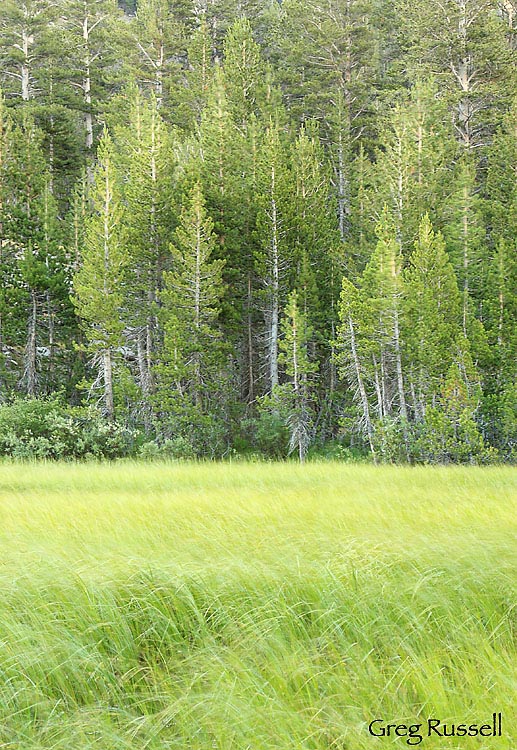 Pines & Grass, Tioga Pass, CA, August 2009
Pines & Grass, Tioga Pass, CA, August 2009
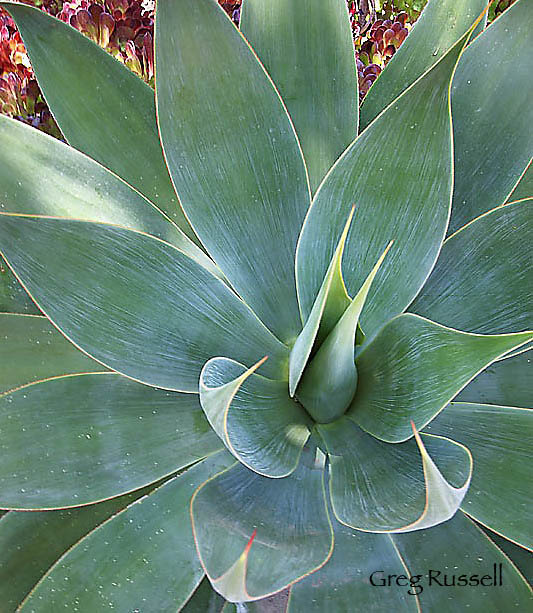
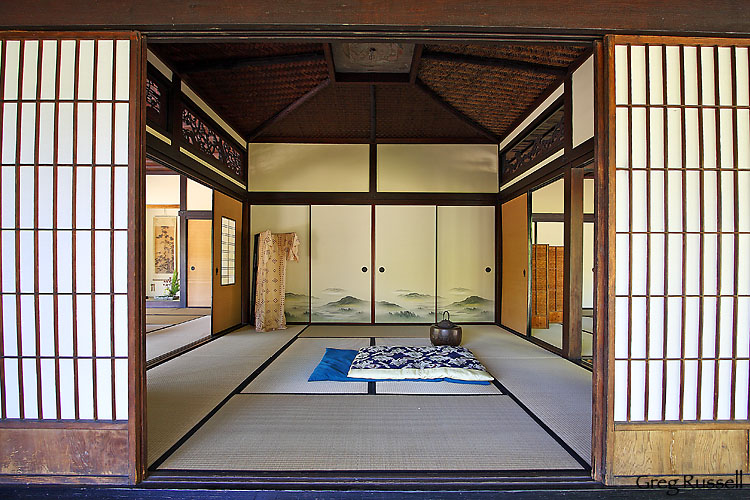 Japanese Tea Room I, The Huntington, San Marino, CA, April 2009
Japanese Tea Room I, The Huntington, San Marino, CA, April 2009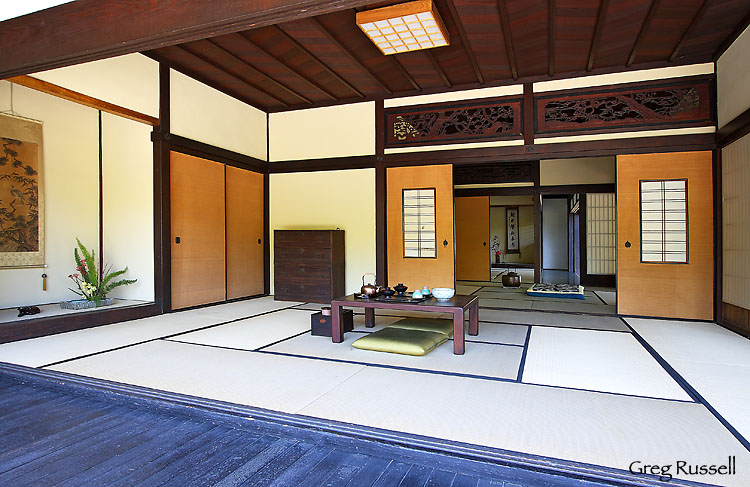 Japanese Tea Room II, The Huntington, San Marino, CA, April 2009
Japanese Tea Room II, The Huntington, San Marino, CA, April 2009